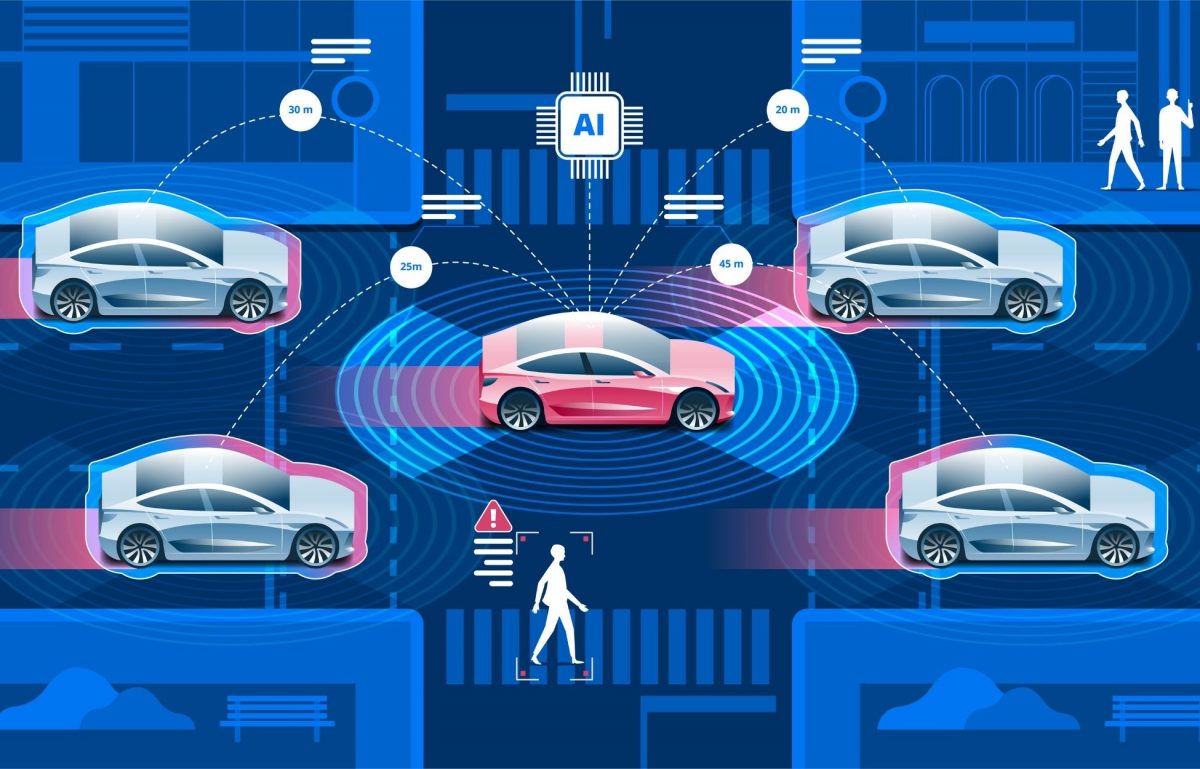For many years, self-driving vehicles were viewed as an outlandishly futuristic concept. Today, however, autonomous vehicles continue to grow in popularity and will likely soon frequent roads all around the world. If you aren’t familiar, a self-driving car refers to a vehicle that does not require a driver. Instead, it is equipped with advanced technology, such as industrial networking equipment, that allows it to sense its surroundings, communicate with other devices, and move safely with little to no human input. The creation of such intelligent devices has numerous potential benefits as well as a few causes for concern. To learn about some of the top pros and cons of self-driving vehicles, continue reading.
Pros of Self-Driving Vehicles
- Reduced or Eliminated Human Error: Human error plays a significant role in the amount of car accidents that occur each year. By eliminating human errors such as distracted driving, drunk driving, aggressive driving, speeding, and fatigue, the number of automotive accidents can decline significantly.
- Enhanced Mobility: People who are unable to drive due to a disability, old age, or other factors can greatly benefit from self-driving vehicles. By minimizing or eliminating the need for human input, those who are unable to drive can also enjoy the freedom and mobility of using a vehicle.
- Reduced Traffic: Self-driving cars have the potential to decrease traffic. After all, self-driving cars won’t bottleneck at accidents, cut people off, drive below the speed limit, or get distracted. By eliminating such traffic-clogging behavior, self-driving cars can help smooth the flow of the road.
Cons of Self-Driving Vehicles
- Job Loss in the Transportation Industry: While self-driving cars have many benefits, they do have the potential to negatively impact the job market. Because people who are unable to drive make up a large portion of the transportation industry’s customer base, the creation of self-driving cars could substantially reduce the need for bus drivers, cab drivers, and other jobs in the transportation industry. In addition, the need for truck drivers and delivery drivers may also decline as self-driving vehicles become more accessible.
- High Initial Cost: In order for society to fully enjoy the increased safety and traffic reduction that self-driving cars can provide, such vehicles must be widely adopted. Unfortunately, the cost of a self-driving car greatly exceeds that of a standard vehicle, which creates a barrier to mass-adoption.
- Risk of Hacking: Because driverless cars depend on computers for their operation, they are inherently at risk for cyber-attacks. While manufacturers can and have taken measures to reduce such risk, the potential for skilled hackers to infiltrate the system of a self-driving car still remains.













